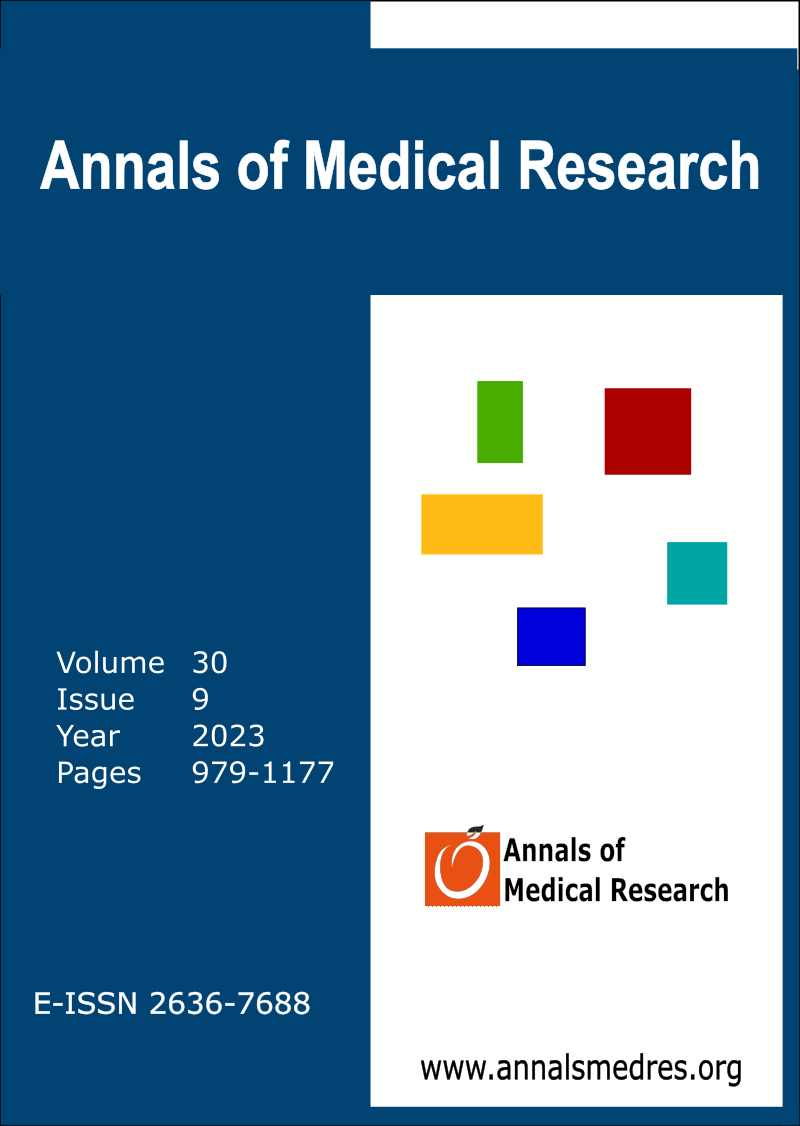Evaluation of serological, biochemical and imaging findings with hydatid cyst patients
Keywords:
Diagnostic imaging, Hepatic, Echinococcosis, CystsAbstract
Aim: Hydatid cyst is a serious disease caused. The liver (50-70%) and, less frequently, the lungs (18-35%), are affected most. Diagnosis is made by evaluating the patient's clinical history, imaging findings, and serologic and immunologic tests together. Ultrasonography, computed tomography, and magnetic resonance imaging are used as imaging methods. Most classifications are made according to imaging findings. We aimed to present our experience by evaluating the relationship between age, sex, location and size of cysts, stage, indirect hemagglutination test, and laboratory and imaging findings in patients with hydatid cyst.
Materials and Methods: Retrospectively, we have evaluated the demographic data, laboratory examinations and imaging from 60 patient with diagnosis of hydatid cyst. These results were analyzed to assess and compared with each other.
Results: The most commonly affected age group was 25-45 years. The most frequently involved lobe was the right lobe and segment 6. No caudate lobe involvement was detected. There was no elevation of eosinophil count in patients with extrahepatic involvement.
Conclusion: The combination of clinical history, radiological and serological test results is valuable in the diagnosis of hydatid cyst. In addition, the presence of multiple cysts should be investigated in patients with high eosinophil value. The possibility of multiple cysts in the liver should be kept in mind in hydatid cyst patients with elevated aspartate transaminase level.
Downloads
Published
Issue
Section
License
Copyright (c) 2023 The author(s)

This work is licensed under a Creative Commons Attribution-NonCommercial-NoDerivatives 4.0 International License.
CC Attribution-NonCommercial-NoDerivatives 4.0






